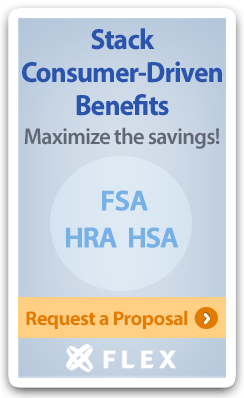Benefits Buzz
Employers and Employees Calculate Affordable Coverage Differently
Posted on November 10th, 2016

People who have access to affordable coverage from their employer are ineligible to receive subsidies through the Health Insurance Marketplace, also known as the Exchange. For 2017, coverage is considered affordable if the employee’s share of premium for self-only coverage is 9.69% or less of their household modified adjusted gross income. In addition, employers who are subject to the Employer Mandate must offer at least one affordable plan with minimum value to full-time employees or risk penalties if those employees end up receiving subsidized coverage through the Exchange.
Here’s the catch. Employers don’t know household income, nor do they know the employee’s modified adjusted gross income. As a result, the Internal Revenue Service (IRS) has said employers can determine affordability for the Employer Mandate based on an employee’s W-2 wages, their monthly rate of pay, or in relation to the Federal Poverty Level (FPL). That being said, it is possible for an employer to offer a health plan that is considered affordable in relation to the Employer Mandate while at the same time considered unaffordable and preserving access to subsidies in the Exchange.
Example (Part 1 – Employer Mandate)
XYZ Company offers coverage to an employee, Mrs. Jackson. The cost to Mrs. Jackson is $200/month or $2,400/year. Mrs. Jackson’s current year W-2 wages will be $30,000.
$2,400/$30,000 = 8%
Coverage is affordable to Mrs. Jackson in relation to the Employer Mandate, and XYZ Company would not be at risk of any penalties for Mrs. Jackson.
Example (Part 2 – Exchange Subsidies)
The same information above applies, however, after taking certain tax deductions Mrs. Jackson’s modified adjusted gross income will be $24,000.
$2,400/$24,000 = 10%
Coverage is considered unaffordable in relation to the Exchange, and Mrs. Jackson is eligible to receive subsidies through the Exchange assuming she meets the other eligibility criteria.
Employers may receive notices from the Exchange indicating that one of their employee’s is receiving subsidies in the Exchange. The Exchange has an obligation to conduct audits and ensure only people that are truly eligible for subsidies are receiving subsidies.
Employers, especially those subject to the Employer Mandate, have the option to appeal these notices if an affordable health plan with minimum value was offered. However, that appeal may not be successful since the Exchange is basing affordability on modified adjusted gross income whereas the employer is using a different income number.
It’s important to know that these notices from the Exchange are not an indicator that an Employer Mandate penalty will apply. These are strictly used to help determine eligibility for subsidies. The enforcement of the Employer Mandate penalties is done through Section 6056 reporting using Forms 1094-C and 1095-C. As long as the reporting is done accurately, a penalty would not apply in these scenarios.

